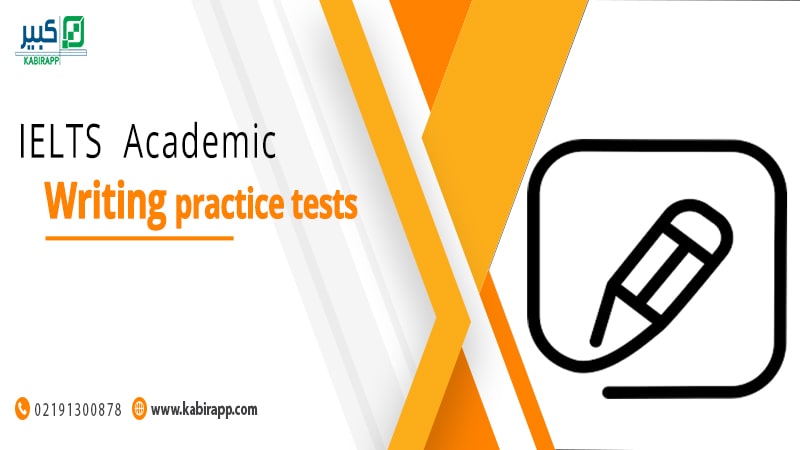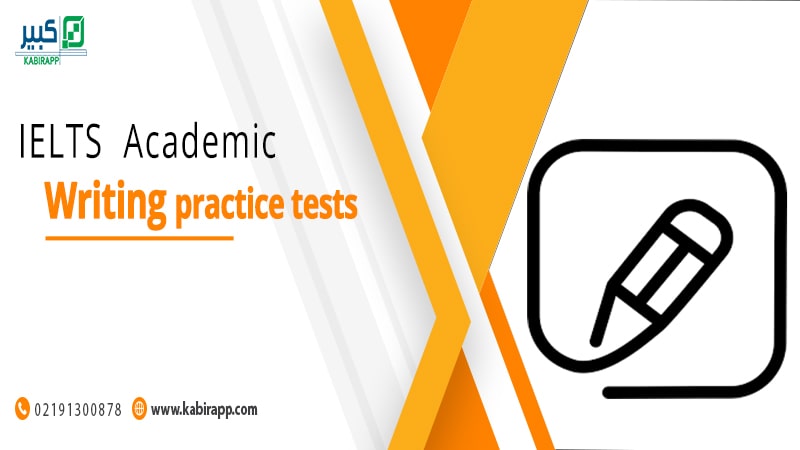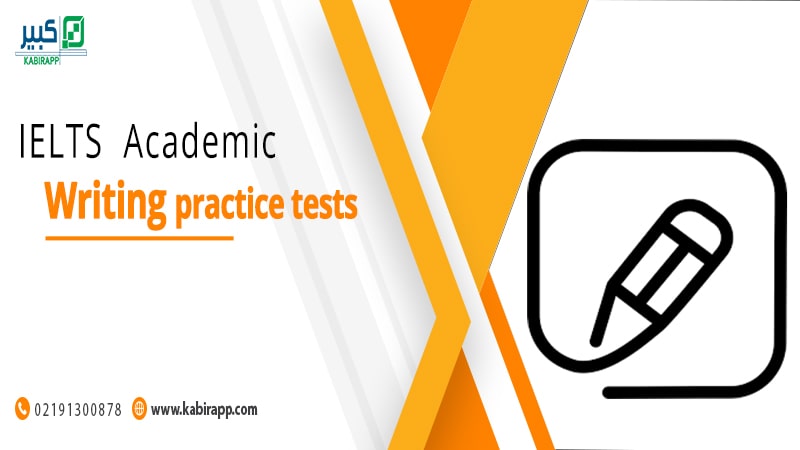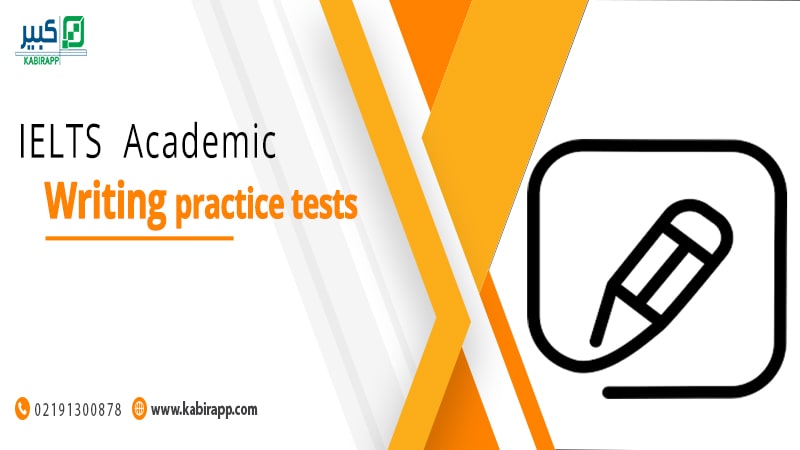محتوای الکترونیکی
Recycling process of wasted glass bottles & Band 8.0 Sample Answers
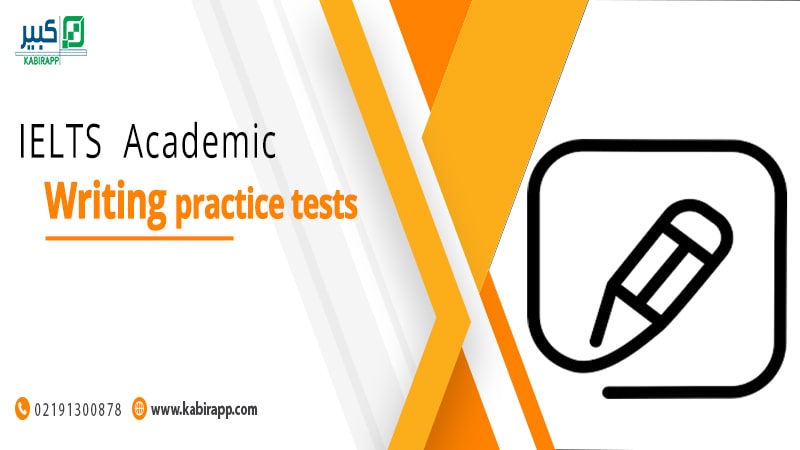
Report Plan
Paraphrase: shows>illustrates; recycling process of wasted glass bottles >numerous stages in the recyling of waste glass bottles
Overview: The diagram shows different stages in the recycling of waste glass bottles.
Paragraph 2: (1) Talk about the process at a glance.
Paragraph 3: (1) Talk about the first stage. Give explanation.
Paragraph 4: (1) Talk about the second stage. Give explanation.
Paragraph 5: (1) Talk about the last stage. Give explanation.
Sample Answer
The diagram illustrates numerous stages in the recycling of waste glass bottles.
There are three key stages shown in the diagram, beginning with the collection of the used glass bottles and ending with the delivery of products in new bottles to retail outlets, such as supermarkets.
In the first stage, waste bottles are deposited at collection points, where they are loaded onto trucks for delivery to a glass recycling facility.
The second stage begins with the process of cleaning the bottles with high-pressure water, and they are then separated into a clear, green and brown glass. This is then broken into pieces in the glass factory and passed through a furnace, where they are burned at a temperature of 600 to 800 degrees Celsius. This recycled glass is transformed into liquid form, and it is joined with new liquid glass, ready for moulding into a bottle shape.
In the final stage, the new bottles are used for different products, ready for sale in supermarkets or shops.
1 نظر
The given process diagram demonstrates three stages for recycling glass bottles that are wasted. Overall, it is clear that the process includes three key parts, beginning with collecting bottles, and ending with delivering products in new bottles to supermarkets. In terms of the first stage, it begins with collecting wasted glass bottles, and gathering at the collection point. The last step is transportation to glass recycling facilities. Turning to the second stage, when bottles have been cleaned with high-pressure water, they are divided into 3 groups: clear, green, and brown. After that, once glass bottles have been gone to the glass factory, they are broken into small pieces. Then, they are burned in the furnace at a temperature of 600 degrees Celsius to 800. Finally, recycled liquid glasses coupled with new liquid glasses are shaped in glass mould. Based on the third stage, new bottles are filled with product, and delivered to supermarkets. Eventually, they are ready for sale.
لطفا وارد شوید و نظر خود را ثبت نمایید.
بهترین ها
| نام | تعداد آزمون | میزان موفقیت | |
|---|---|---|---|
| َAmeneh Darvishzadeh | 1 | 100/00 % | |
| Mehrad Hashemi | 1 | 100/00 % | |
| مهدی حسین پور آقائی | 1 | 100/00 % | |
| Farnoush Toghiany | 21 | 98/36 % | |
| zahra namdari | 46 | 98/21 % | |
| یاسمن محمدی پور | 4 | 98/08 % | |
| Sheida Taheri | 3 | 97/37 % | |
| پژمان همدانی | 3 | 97/37 % | |
| محمدحسین میرزایی | 3 | 97/30 % | |
| Tara Mohammadi | 3 | 96/43 % | |
| yasaman mohamadipur | 51 | 95/86 % | |
| محمدجواد ملائی اردستانی | 3 | 94/44 % | |
| Arzhang Saberi | 4 | 93/33 % | |
| Soheila Karimi | 124 | 92/73 % | |
| aram farhmand | 10 | 92/31 % | |
| یاشار اسکندری | 98 | 91/14 % | |
| الشان مقیمی آذر | 11 | 90/80 % | |
| عباس پورمیدانی | 1 | 90/00 % | |
| پریسا سلوکی شهرضایی | 72 | 89/49 % | |
| ارشیا قلمکاری | 33 | 89/23 % |

